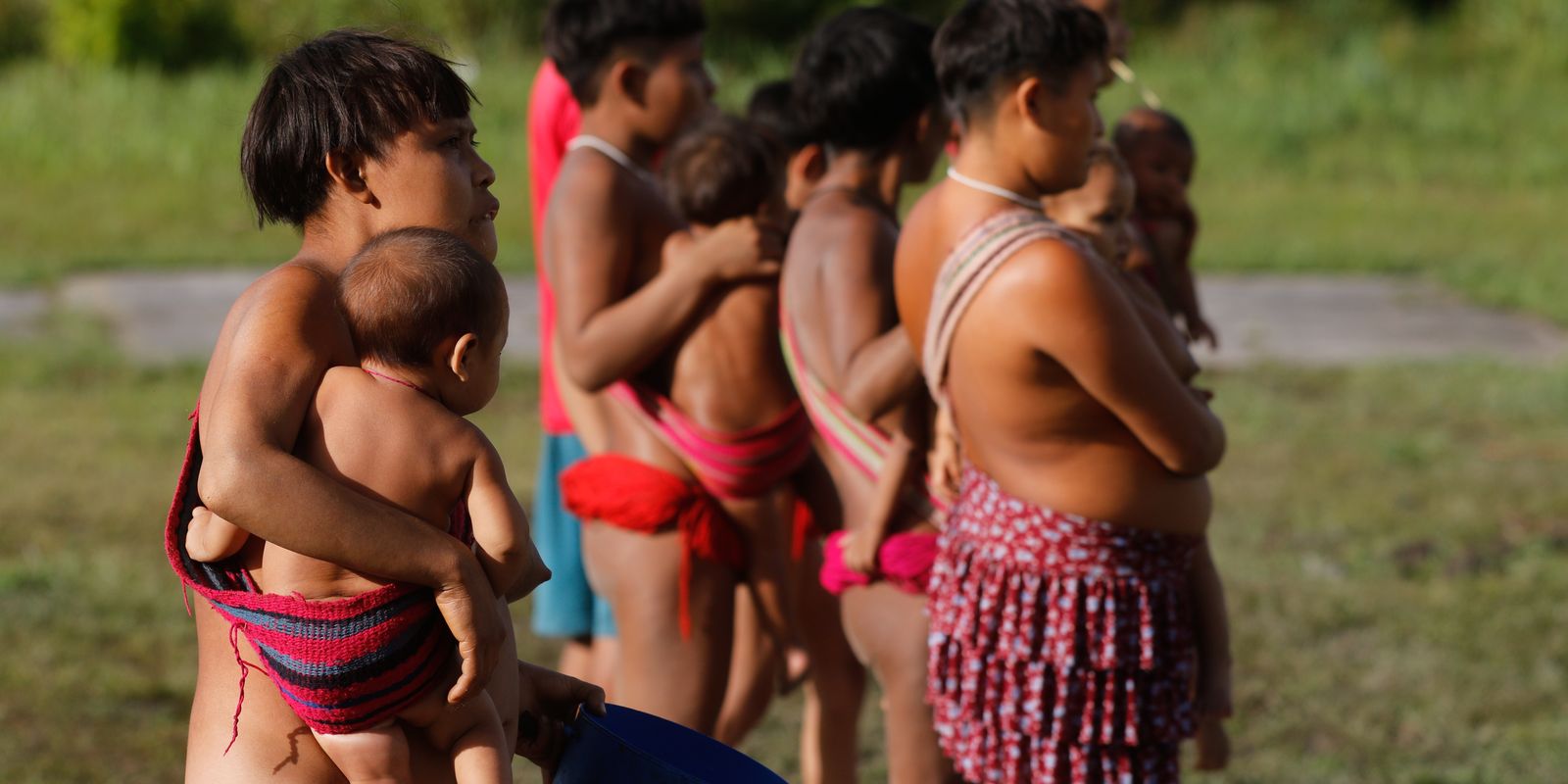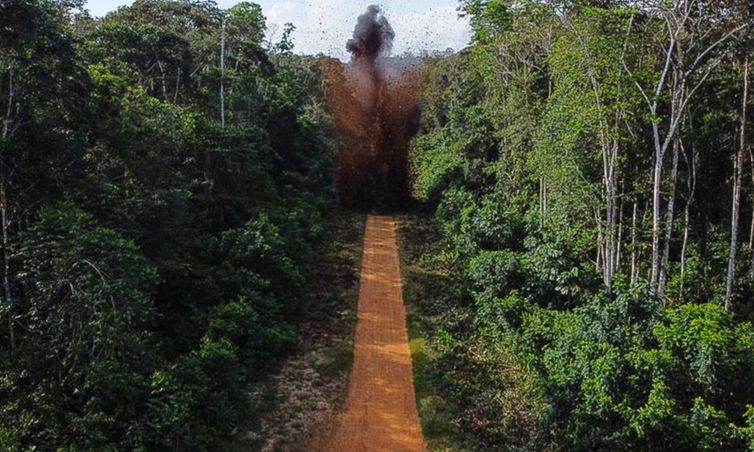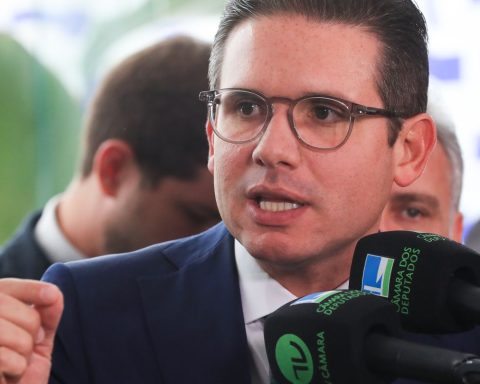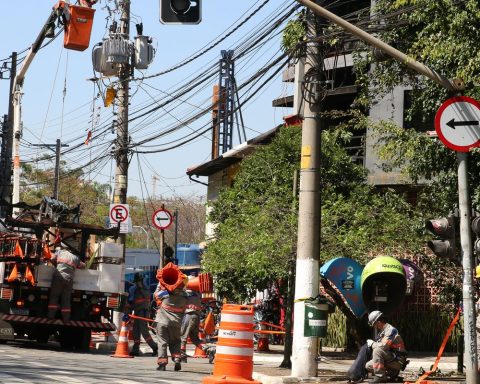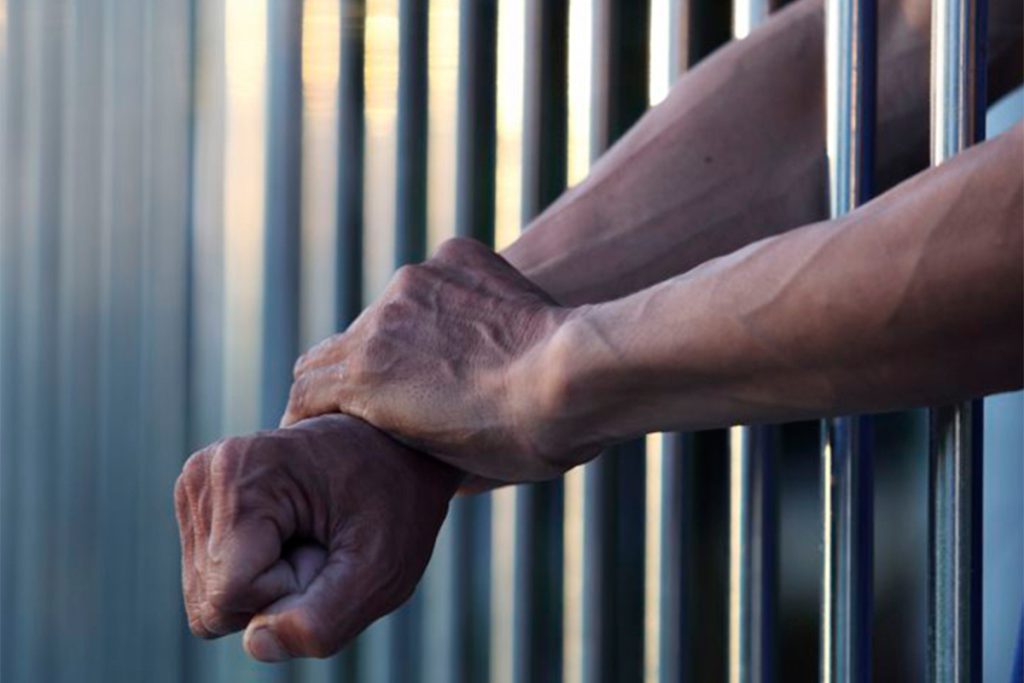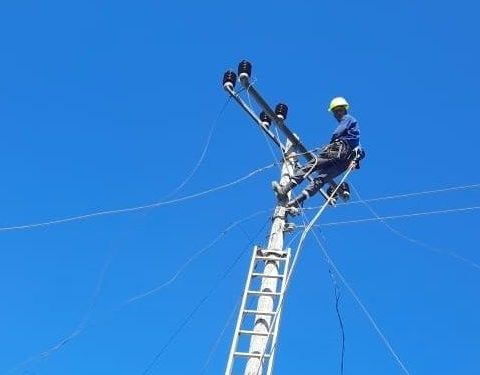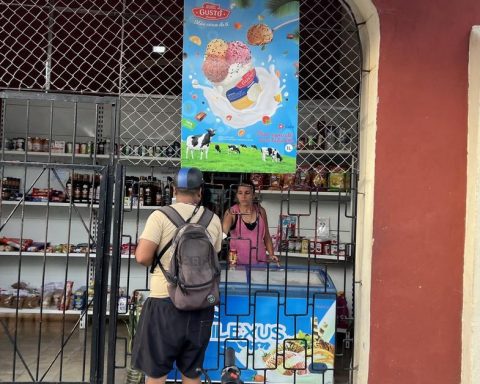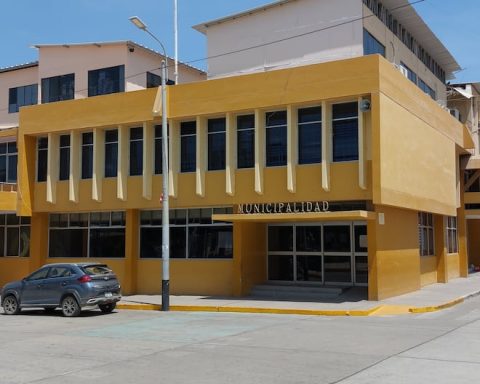In the last two years, a daily fight against the invasions of miners in Yanomami territory, by public authorities and civil entities, was able to face the humanitarian crisis in the largest indigenous reserve in Brazil, which is home to 376 communities and around 33 thousand people.
Among the results, there was a 91% reduction in mining. The territory has almost 10 million hectares in area in the states of Amazonas and Roraima.
Furthermore, these actions, according to the government, caused a 95.76% drop in the opening of new areas for illegal exploration. Garimpos contaminate rivers, reduce the supply of natural resources to the population and, in addition to creating a public health problem, they have also become a safety risk for residents of communities in the region.
In 2024 alone, there were more than three thousand operations to combat illegalities, which involved daytime activities by military and civilian personnel. In front of humanitarian crisis that has taken place In the region, more than 114 thousand food baskets were distributed and R$1.7 billion in extraordinary credits were released. Joint actions reduced 68% of deaths due to malnutrition in the first half of 2024 compared to 2023.
Protective actions
According to what reveals a special coverage of the program Reporting Pathsfrom the TV Brasilwhich will air this Monday (20), starting at 11pm, at the end of 2023, for example, mining reached an area of more than 5 thousand hectares, which represented a growth of 7% compared to the previous year.
In view of this, in March last year, the federal government installed the Government House to coordinate actions to protect the Yanomami. The operations involve professionals from different security forces.
In fact, when criminal activities were detected, actions began to take place 24 hours a day.
“People spend the night patrolling too. In reality, to create difficulties for those who pay for it to feel in their pockets. The business is so expensive that the guy says: ‘oh, it’s not worth working here because I’m starting to lose money’”, explains the head of the Government House, Nilton Tubino, in an interview with Caminhos da Reportagem
He explained, for example, that, when identifying illegal transportation of fuel, the suspect is taken to the police station. With each operation, camouflaged and scattered structures are also found in the service of illegal mining activities as there is greater concern about inspection.
“[Para encontrar] There are days when we walk almost 10 kilometers into the forest”, says Tubino.
Challenges
Also at the Reporting Pathsthe coordinator of the Indigenous Missionary Council, Gilmara Fernandes, assesses that criminal activities have financial and logistical resources that need to be addressed. “[Houve] progress, but with many challenges still,” he said.
The president of the Yanomami and Ye´Kwana District Health Council, Junior Yanomami, stated that he received information that the entry of invaders into the community is controlled. “But there are still points, there aren’t many.”
He understands that the water is getting cleaner. Given the results, the Minister of Indigenous Peoples, Sonia Guajajara, also understands that the work must be permanent because the consequences of miners’ activities are drastic for people:
“We need to maintain this presence. We remain confident that, by the end of this government, we will hand over this territory… I don’t say 100% restored, but 100% free from these invaders.”
Last year alone, 159 people were arrested, more than 30 kilos of gold seized, 410 camps dismantled and 50 clandestine airstrips destroyed. Today, low-altitude flights do not go unnoticed because a radar has been installed on indigenous land.
Fewer deaths
The federal government also announced that there was a 27% drop in the number of deaths in the first half of 2024, compared to the same period in 2023. Deaths went from 213 to 155, with drops in deaths due to malnutrition (-68%), respiratory infections (-53%) and malaria (-35%).
Another measure, according to the public authorities, was the improvement of nutritional surveillance of children under 5 years of age, with the intensification of the active search for patients and expanded access to services
Furthermore, with the expansion of access to diagnosis, there was a 73% increase in the number of malaria tests in the first half of 2024. Thus, there were more cases recorded, which went from 14,450 to 18,310. Upon learning of the cases, health teams were able to apply treatment and the number of deaths fell by 35%.
